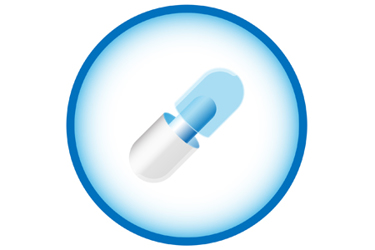Maintaining A Drug's Bioavailability And Masking Taste With Microencapsulation

Microencapsulation, the process by which particles are co-formulated with a polymer or other excipients to improve palatability, modify release rate or enhance bioavailability, possesses a number of advantages for many pharmaceutical applications. An effective means of converting a liquid to a solid, taste masking a bitter active pharmaceutical ingredient (API), or ensuring controlled release, microencapsulation offers the encapsulated drug protection from environmental factors, flexibility in dosage form, and an array of other benefits.
There are several technologies available for microencapsulating drugs. Finding a contract development and manufacturing organization (CDMO) possessing the experience and expertise necessary to optimize a drug's efficacy and manufacturing during formulation is integral to the product's ultimate clinical and commercial success. To do so requires companies to understand not only their own molecule, but the distinctions between technologies and among potential manufacturing partners, as well as the financial and therapeutic pitfalls often associated with unoptimized processes.
There are several technologies that have been employed to enhance the solubility, dissolution, and bioavailability of drugs, as well as to improve their taste and overall palatability. These technologies include those which reduce the size of particles, an important first step in improving the control, stability, appearance, efficacy, and manufacturing of a drug. The most commonly-utilized technique to reduce particle size, micronization, can reduce API to micrometer or, in some cases, nanometer size. This improves the solubility of poorly soluble APIs by increasing the particle surface area-to-volume ratio, accelerating the rate of dissolution.
Considering the complexity of bioavailability, however, micronization and other solubility-enhancing techniques can have limited impact if the final dosage forms do not also exhibit uniform disintegration and performance. Simply stated, all facets of the product must be designed for consistent disintegration and dissolution.
Get unlimited access to:
Enter your credentials below to log in. Not yet a member of Outsourced Pharma? Subscribe today.
